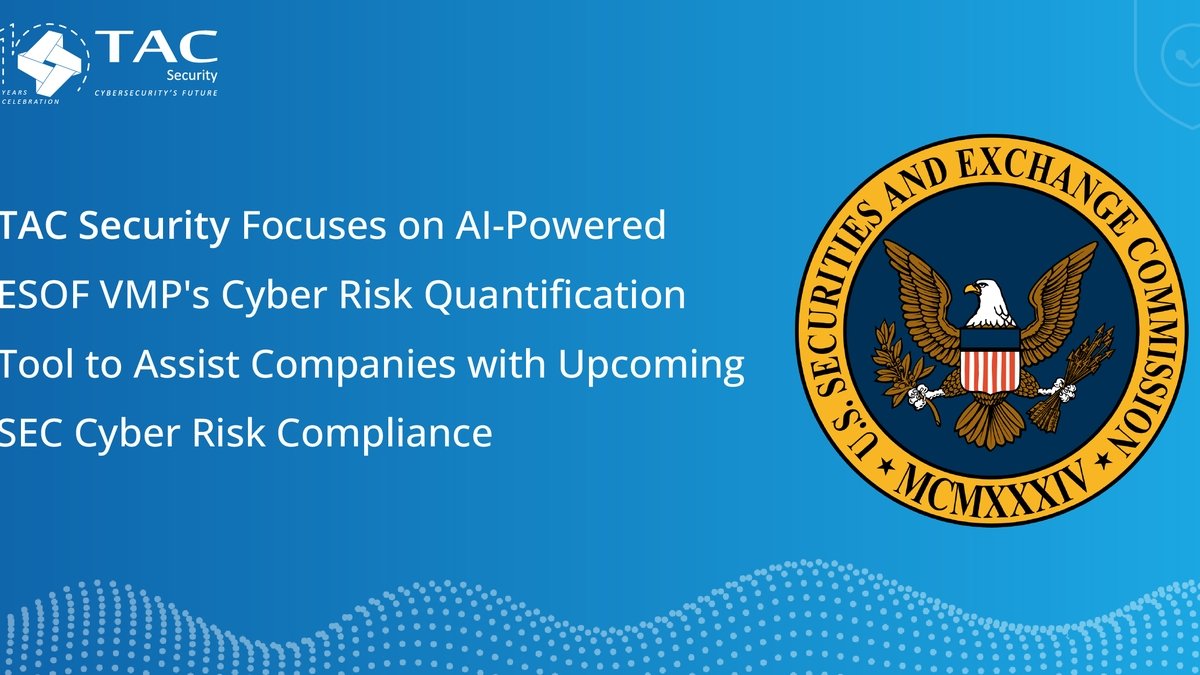Ryan Berckmans Raises Alarm about a Potential Deficit in Ethereum Network
According to our internal reports, Ryan Berckmans, a prominent member of the Ethereum community, has announced a potential hazard related to the Ethereum network’s scheduled Pectra hard fork. Berckmans was quick to underline the urgency of integrating Ethereum Improvement Proposal (EIP) 7251, also known as ‘maxeb,’ to prevent the Ethereum network from a possible lapse.
Introducing ‘maxeb’ to Safeguard the Network
The ‘maxeb’ proposal is geared towards rectifying a vulnerability in the Ethereum network by increasing the maximum effective balance for validators from 32 ETH to a theoretically infinite amount. This measure would allow for a high concentration of validators, thus reducing the risk of beacon chain disruptions due to an overly scattered validator pool.
This fragmentation risk could elevate to a critical point if the ratio of staked ETH attains or surpasses 50% before the next anticipated hard fork around 2026. Berckmans has impressed upon the community that the lack of ‘maxeb’ could leave the Ethereum network defenseless against this looming hazard, possibly resulting in detrimental consequences for network stability.
Criticism from Crypto Community
While recognizing its crucial importance, the ‘maxeb’ proposal has met with cynicism from the wider crypto community, including Bitcoin proponents, who have reservations regarding its potential implications. However, Berckmans articulates that ‘maxeb’ does not change monetary policies or coin issuance, and it is crafted to ease operational procedures for staking operators without undermining the decentralized nature of the network.
‘Maxeb’ Debating a Defense Strategy
In the face of Ethereum’s vulnerability to a potentially fragmented validator pool, EIP 7251 provides a defense strategy by allowing the consolidation of validators. By ensuring that the total amount of ETH staked doesn’t tip the scales into instability before the planned hard fork in 2026, this proposal aims to protect the Ethereum network’s structural consistency.
- It’s designed to mitigate the inherent risk of beacon chain fluctuations caused by an excessive fragmentation of the validator pool.
- Its scope is strictly confined to network stability and operational simplification, and it does not alter Ethereum’s monetary or issuance policies.
- By preventing the potential of a network collapse if staked ETH reaches alarming levels, ‘maxeb’ prepares Ethereum for a safer future transition towards the awaited hard fork.
In spite of the scepticism, Berckmans holds that ‘maxeb’ is a necessary bulwark in the Ethereum ecosystem, striving to ensure continual, stable transactions across the network and defend against potential threats in the future.














